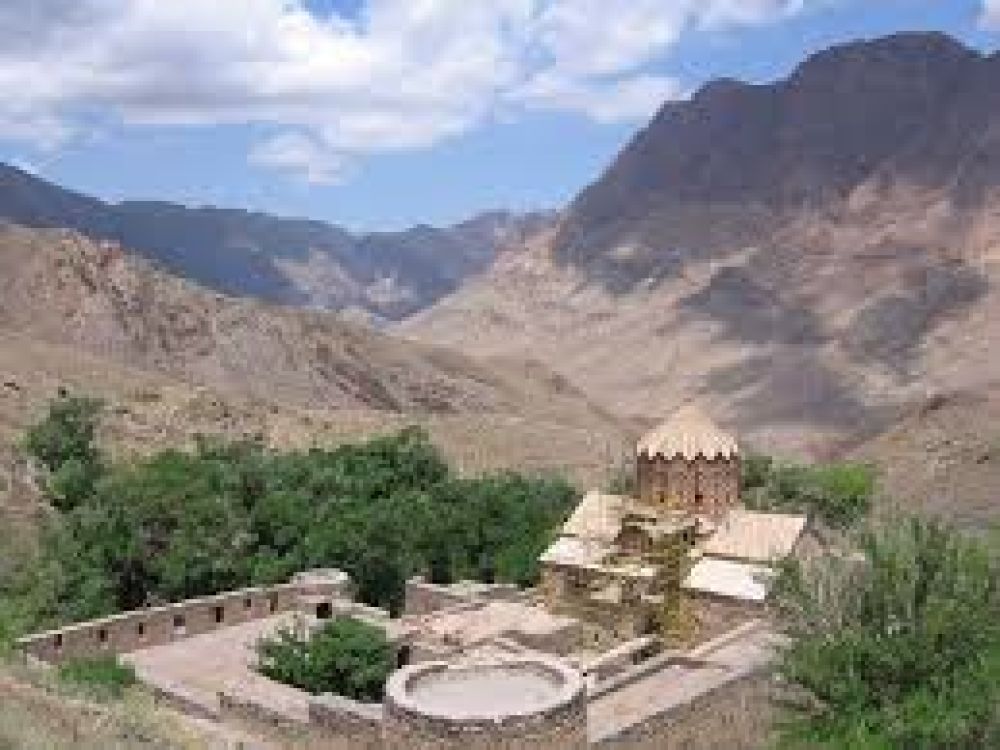

The Saint Stephanos Monastery, also known as the Monastery of Saint Stepanos, is one of the most significant historical and religious sites near Tabriz, Iran. Nestled in the lush, mountainous landscape of the northwest near the Aras River, this ancient Armenian monastery has been a beacon for both pilgrimage and historical tourism for many years.
The monastery dates back to the ninth century and is believed to be built on the site where Saint Stephen, the first Christian martyr, was stoned to death. It was renovated and expanded several times, especially during the Safavid period. The integration of Armenian, Georgian, and Iranian architectural elements makes it a standout example of cross-cultural exchange. Due to its remarkable history and architecture, the monastery was designated as a UNESCO World Heritage Site in 2008—this recognition has played a pivotal role in boosting tourism at Saint Stephanos.
Historically, Saint Stephanos was a major destination for Christian pilgrimages, attracting travelers and worshippers from various Christian sects, especially from the Armenian diaspora. Over the years, it became more than just a pilgrimage site; it turned into a place of interest for history buffs, architecture enthusiasts, and those intrigued by Iran's diverse cultural heritage. The site was moderately popular among tourists up to the Iranian Revolution in 1979 after which tourism saw a decline due to political and social changes in the country.
However, in recent years, the government of Iran has taken steps to promote the monastery as part of its broader efforts to highlight the nation's historical and cultural attractions. Visitor facilities have been improved and the site's unique blend of Christian and Islamic heritage is regularly featured in international and domestic promotional materials.
Eco-tourism and cultural tours have become increasingly popular in Iran, and the area around Saint Stephanos Monastery is benefiting from this trend. Tourists are now looking to combine their visits to historical sites with experiences of the local natural landscape and wildlife. The nearby Arasbaran Forests provide an excellent opportunity for such activities. Another emerging trend is the growth of small group tours that offer more personalized experiences and deeper insights into the history and culture of the places visited. These tours often include expert guides with extensive knowledge of the monastery's history and significance within Armenian culture. Moreover, there has been a noticeable increase in digital tourism. Virtual tours and online photo galleries have made the monastery accessible to those unable to visit in person. This has expanded the site's global reach and has helped to maintain interest in Saint Stephanos in times when travel may be restricted for political or health-related reasons.
The Saint Stephanos Monastery continues to be a testament to the enduring cultural richness and religious diversity of Iran. With its growing recognition by UNESCO and consequent incorporation into international travel itineraries, the monastery's historical and religious significance ensure that it remains a vibrant and essential part of Iran's tourism tapestry.